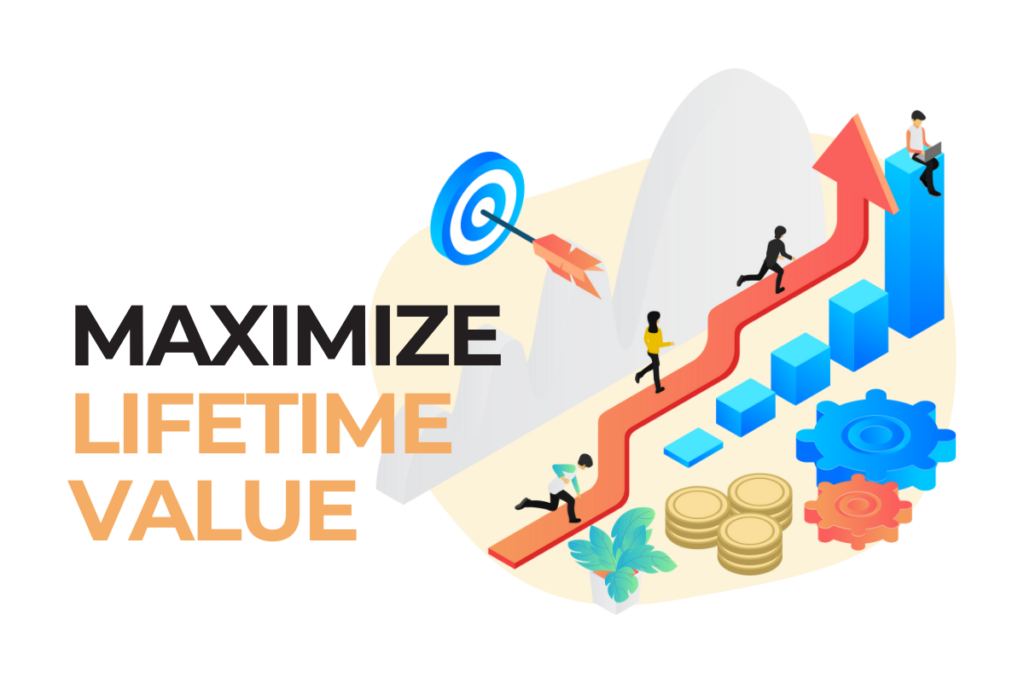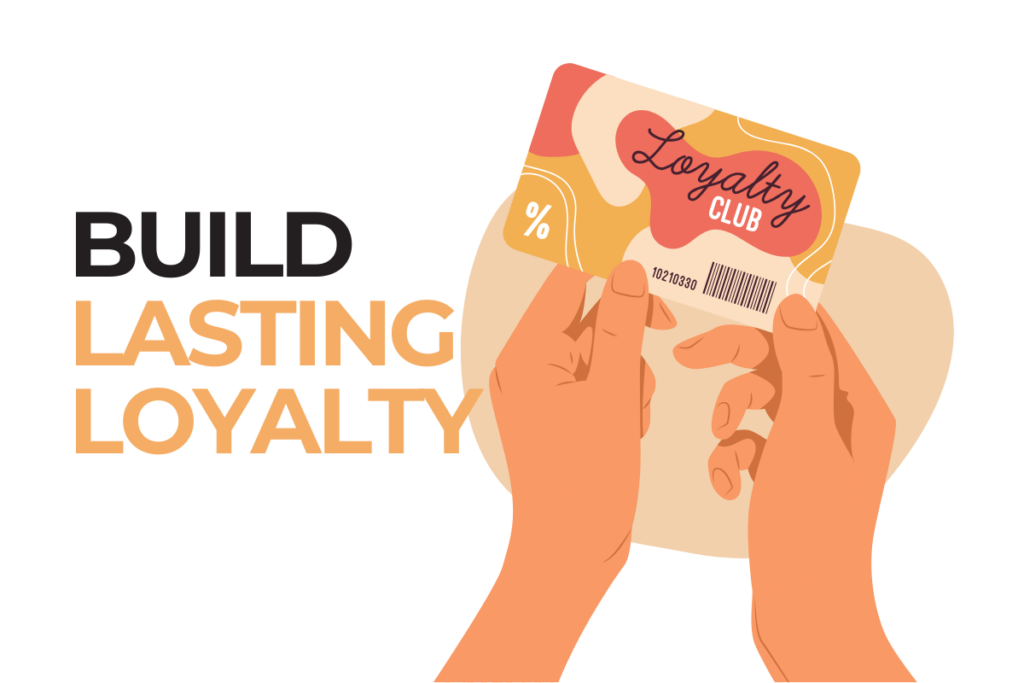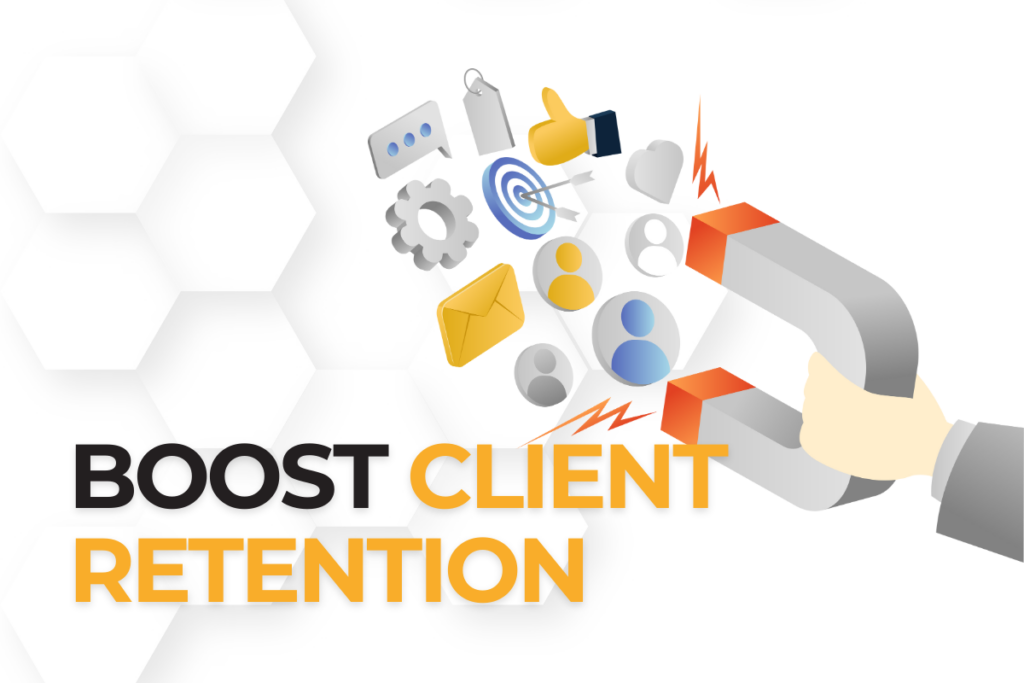Power of Client Retention: Unlocking Profitability Through Lifetime Value
In the competitive world of therapeutic massage, retaining clients is not just important—it’s essential for sustained growth and long-term success. Did you know that increasing client retention by just 5% can boost profits by as much as 95%? This shows that client loyalty directly influences the health of your business. At the heart of this is lifetime value (LTV)—the total revenue a client brings to your business over the course of their relationship with you. Understanding LTV doesn’t just offer a clearer picture of your current profitability, it also allows you to predict future income, identify high-value clients, and make smarter, more strategic decisions about where to focus your marketing and retention efforts.
However, many clinic owners face challenges when it comes to accurately measuring and maximizing this critical metric. Some struggle with tracking client behavior and spending, while others may overlook the importance of personalized service and consistent follow-ups that keep clients coming back. Without a clear strategy, it’s easy to lose out on potential revenue from loyal, long-term clients.
In this article, we’ll dive deep into these common obstacles and provide you with actionable, step-by-step strategies to not only calculate your LTV but also significantly increase it. By the end, you’ll have the tools and insights needed to transform your client relationships and grow your massage therapy business in a sustainable, profitable way.
What Is Lifetime Value and Why Does It Matter?
Understanding Lifetime Value (LTV)
Lifetime value (LTV) refers to the total amount of revenue a client generates for your business over the course of their relationship with you. While this concept is often discussed in retail or SaaS industries, it is just as crucial for service-based businesses like massage therapy. By focusing on LTV, you can better allocate resources, streamline operations, and make data-driven decisions about marketing and client retention.
Calculating Lifetime Value in Massage Therapy
Calculating LTV is not as complex as it may seem. Here’s a simple formula you can use:
LTV = Average Revenue per Visit x Number of Visits x Client Retention Rate
For example, if a client spends $80 per session and visits your clinic 10 times a year, their annual value is $800. Multiply that by the number of years they stay loyal to your clinic, and you’ll see how valuable each client truly is.
Why LTV Is Crucial for Your Business Strategy
LTV helps you see the bigger picture beyond individual transactions. Knowing how much a client is worth over time lets you make smarter decisions on client acquisition costs and retention strategies. Instead of focusing solely on getting new clients through the door, you’ll be better equipped to invest in keeping your current clients happy and coming back.

The Common Challenges Massage Clinics Face with Lifetime Value
Why Accurately Calculating LTV Is Difficult
Many massage therapy business owners find it challenging to accurately track and calculate LTV. The main hurdles are usually related to:
- Inconsistent client data: Without an integrated booking and payment system, keeping track of each client’s visit history and spending can be difficult.
- Unpredictable client behavior: No-shows, cancellations, and varying frequency of visits make it hard to estimate the average lifetime of a client.
- Overlooking retention strategies: Many clinics focus on attracting new clients but fail to invest in strategies that increase LTV through client retention.
Retaining Clients: The Key to Boosting LTV
Client retention directly influences LTV. The longer you retain clients, the higher their lifetime value becomes. Yet, many clinic owners struggle to create effective retention strategies. Here are some common barriers:
- Lack of personalized follow-ups: Many clients are lost because they feel their experience is transactional rather than tailored.
- Limited engagement: Clients who don’t feel engaged between visits (via email or text) are less likely to return.
- Infrequent use of loyalty programs: Loyalty incentives like discounts for repeat visits are often underutilized in massage therapy.
Solution: Implementing effective retention tactics, such as personalized communication and loyalty programs, can significantly improve your client retention rate, which, in turn, boosts LTV.
Proven Strategies to Maximize Lifetime Value
Personalization and Consistency: The Pillars of Client Retention
Clients are more likely to return if they feel their experience is tailored to their needs. Consistency in service quality and personalized recommendations can go a long way. Here’s how to achieve this:
- Personalized treatment plans: Tailor your approach based on individual client preferences or health goals. For instance, track any recurring issues a client has (e.g., back pain) and recommend specific treatments.
- Client feedback: Regularly ask for feedback to show clients that you value their input, and use this feedback to improve their experience.
- Customized offers: Send personalized offers or birthday discounts to make clients feel valued.
Automating and Streamlining Client Communication
One of the easiest ways to increase retention is by maintaining communication between visits. Automation tools can help you stay connected with your clients while saving you time. Here’s what you can do:
- Appointment reminders: Automated text or email reminders reduce no-shows and missed appointments.
- Follow-up emails: Send a personalized thank you email after each appointment, along with a gentle nudge to book their next session.
- Loyalty programs: Automate reminders about loyalty program benefits, encouraging clients to book repeat visits.
By leveraging automation, you not only improve client engagement but also reduce the manual work needed to retain clients.

Maximizing Marketing ROI with LTV in Mind
Balancing Acquisition Costs with Retention Strategies
Acquiring new clients is often more expensive than retaining existing ones. It’s important to calculate your client acquisition cost (CAC) in relation to your LTV. If you’re spending more to acquire a client than their LTV, you’re losing money. Focus your marketing budget on strategies that will attract high-LTV clients, and invest equally in retention.
Optimizing Marketing Strategies for High-LTV Clients
Not all clients are created equal—some will bring more value to your business over time. Here’s how to target and nurture these high-value clients:
- Referral programs: Encourage your best clients to refer their friends by offering incentives like a free session or a discount.
- Targeted advertising: Use data from past clients to create lookalike audiences on platforms like Google or Facebook, ensuring your ads reach potential high-value clients.
- Content marketing: Create valuable content that speaks to the specific needs of your target audience, such as “How Massage Can Help with Chronic Pain” or “Stress Relief Techniques You Can Use at Home.”
Building a Lifetime Value Mindset in Your Business
Embracing a lifetime value (LTV) mindset is critical for ensuring the long-term growth and sustainability of your massage therapy business. By shifting your focus from short-term transactions to the overall value each client brings over time, you’ll unlock opportunities to grow revenue in ways that feel more natural and manageable. One of the most effective ways to do this is by prioritizing client retention. Keeping your existing clients happy and engaged is not only more cost-effective than acquiring new ones, but it also ensures a steady flow of revenue.
Implementing automated client communication systems—such as appointment reminders, personalized follow-up emails, and loyalty program notifications—can further enhance your retention efforts while reducing the manual workload. When you combine this with data-driven marketing decisions, you can optimize your spending by targeting the right clients at the right time. Focusing your marketing efforts on clients with higher LTV potential will yield better results than casting a wide net and hoping for the best.
Begin by calculating your current LTV and analyzing your client data to identify trends, such as which services bring in the most long-term clients or which demographics are most loyal. From there, you can tailor your services and communications to increase the likelihood of repeat business.
By implementing the strategies discussed—such as personalized treatment plans, effective communication, and loyalty incentives—you can foster a loyal client base that not only keeps coming back but also actively contributes to the growth and success of your clinic. The key to long-term success isn’t just in attracting clients, but in cultivating relationships that last.
By focusing on lifetime value and client retention, you can unlock the full potential of your massage therapy business and achieve sustainable growth over time.
FAQs
There’s no one-size-fits-all answer, but a good LTV depends on factors like your pricing structure and client retention rate. Ideally, your LTV should be high enough to cover your client acquisition costs and still leave room for profit. Regularly reviewing this metric helps you make better marketing and operational decisions.
It’s best to review LTV on a quarterly basis, especially if you’re running specific marketing campaigns or new client acquisition strategies. Regular reviews help you track the effectiveness of your efforts and adjust accordingly.
Many client management systems (CMS) like MindBody or Acuity integrate appointment history, payments, and client retention data, making it easier to calculate LTV. Alternatively, you can use spreadsheets to track visits, spending, and retention manually.
Client retention improves with personalized care, consistent follow-up communication, and loyalty programs. Automating appointment reminders, sending thank-you emails, and offering tailored treatment plans can all help to keep clients coming back regularly.



